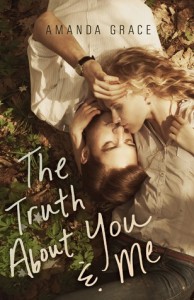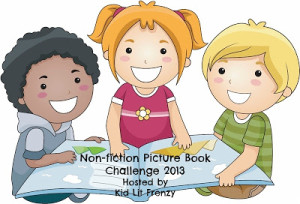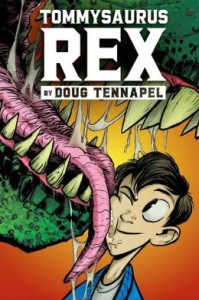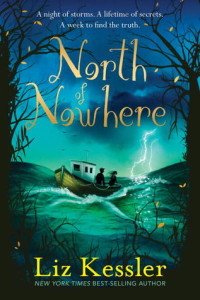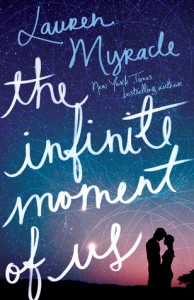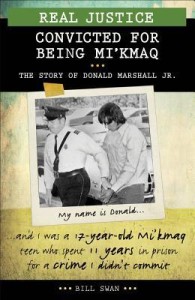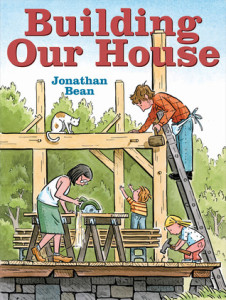The Truth About You & Me
Author: Amanda Grace
Expected Publication: September 8th, 2013 by Flux
Summary: “I think that’s why my parents trusted me so much back then. It’s easy to trust a smart girl. Smart girls aren’t supposed to do stupid things.” Madelyn is a smart girl—so smart that she doesn’t take normal high school classes at age sixteen, and instead, she is enrolled in college courses with the Running Start program at a local community college. When she meets Bennett Cartwright, her biology professor, she falls head over heels for him. He is very professional, and it isn’t until she runs into him on a local hiking trail that they get to know each other better. Written as an apology letter to Bennett, this novel will keep readers glued to the pages. Because while we, the readers, know that Bennett and Madelyn have a ten-year age gap, Madelyn keeps Bennett in the dark.
Review: This is a very controversial, uncomfortable topic that is often perceived to be “hands off” by authors and publishers. Teachers and students should not have intimate relationships, and the idea that a person may justify a relationship of this kind is considered taboo by most. The way this story differs from the usual story about the topic is in the deceit that exists between Madelyn and Bennett. He has no idea that Madelyn is a minor.
From the very first few pages, I felt like I was tumbling downhill to an inevitable plunge. In her early letters, Madelyn is very clear that this story does not have a happy ending, yet I couldn’t help but wonder exactly how the story would play out. Many readers will be extremely frustrated with Madelyn because she is incredibly deceitful, and Bennett is very well-intentioned. The great part about this book was that, by the end, the reader can’t help but ponder the situation. My favorite books are those that make me think deeply about a subject I hadn’t considered, and this one is sure to promote critical, emotional discussion from students.
Teacher’s Tools for Navigation: Madelyn’s voice is very strong throughout her letters to Bennett. I can’t help but wonder what Bennett would write back to her. It would be wonderful to hear his side of the story. Students would also enjoy rewriting the ending to the this book. There are a few key, decisive moments, particularly at the end, that could have gone much differently, which would completely alter the direction of the story. After reading this text, students might research more about statutory rape, and I envision this book leading to a great classroom debate. Also, students might examine Madelyn’s life to try to determine if this played a role in her deceit.
Discussion Questions: Can a relationship be successful if it is built on a lie?; Who is to blame in this story?; Can there be any justification for statutory rape?; Does Madelyn seem truly remorseful?; Are there flaws in Madelyn’s character (or life) that lead to her deceit?
We Flagged: “That’s how it was with us. One day we were two separate people and the next we collided, and neither of us stood a chance.”
“That’s the moment I decided, Bennett, that I wanted to be with you, and even though there was one very good reason we couldn’t be something, I could come up with one million reasons we could.”
Please note: The above quotes are from the Advanced Reader Copy. The e-book (a galley) did not provide page or chapter numbers. The quotes may change when the book is published.
Read This If You Loved: The Infinite Moment of Us by Lauren Myracle, Perfect Chemistry by Simone Elkeles, Same Difference by Siobhan Vivian
Recommended For:
**Thank you to NetGalley and Flux books for sending me the Advanced Reader Copy!**
